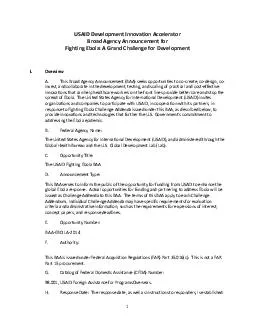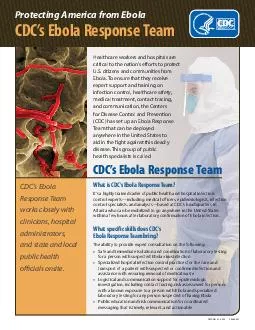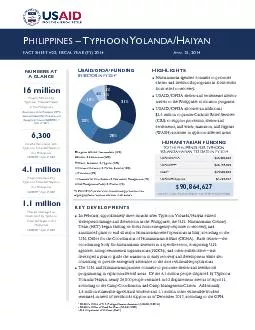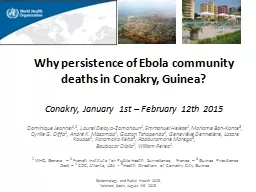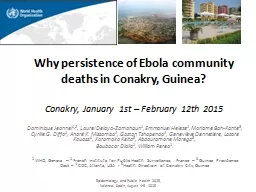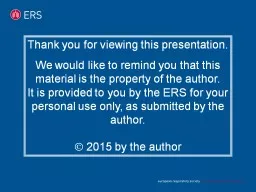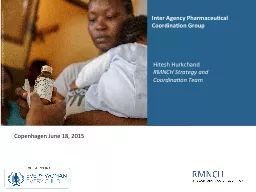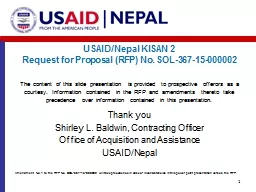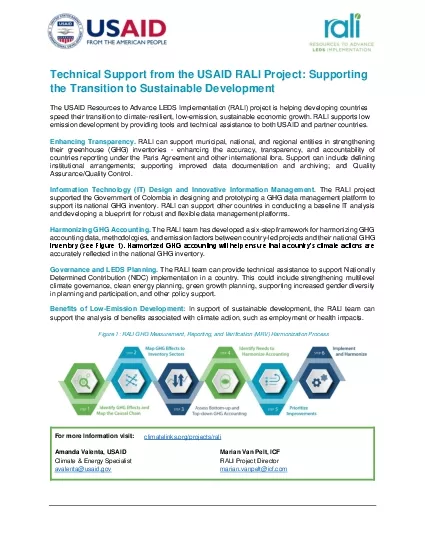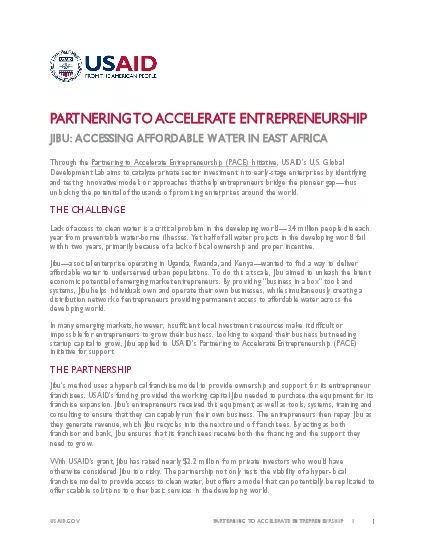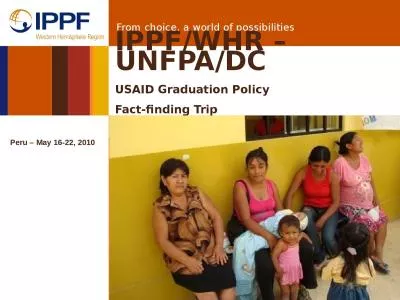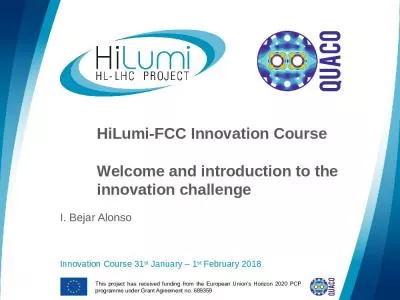PDF-USAID Development Innovation Accelerator Broad Agency Announcement for Fighting Ebola
Author : phoebe-click | Published Date : 2015-02-21
Overview A This Broad Agency Announcement BAA seeks opportunities to co create co design co invest and collaborate in the development testing and scaling of practical
Presentation Embed Code
Download Presentation
Download Presentation The PPT/PDF document "USAID Development Innovation Accelerator..." is the property of its rightful owner. Permission is granted to download and print the materials on this website for personal, non-commercial use only, and to display it on your personal computer provided you do not modify the materials and that you retain all copyright notices contained in the materials. By downloading content from our website, you accept the terms of this agreement.
USAID Development Innovation Accelerator Broad Agency Announcement for Fighting Ebola: Transcript
Overview A This Broad Agency Announcement BAA seeks opportunities to co create co design co invest and collaborate in the development testing and scaling of practical and cost effective innovations that can help healthcare workers on the front lines. Ebola can cause disease in humans and nonhuman primates monkeys gorillas and chimpanzees Ebola is a rare disease caused by infection with a virus of the family Filoviridae g enus Ebolavirus There are five identified Ebola virus strains Four of the What specific skills does CDCs Ebola Response Team bring The ability to provide expert consultation on the following Safe and immediate isolation and coordination of laboratory testing for a person with suspected Ebola virus infection Specialized ho 1 U.S. Foreign Disaster Assistance (USAID/ OFDA ) 2 USAID’s Office of Food for Peace (USAID/FFP ) 3 U.S. Department of Defense (DoD) 31% 28% 23% 10% 1% 6% 1% Logistics & Relief Commodities (31 . Conakry, . January. 1st – . February. 12th . 2015. Dominique Jeannel. 1,2. , Laurel Delayo-Zomahoun. 1. , Emmanuel Heleze. 1. , . Mariame. Bah-Kante. 3. , . Cyrille. G. Diffo. 1. , André K. Missombo. . Conakry, . January. 1st – . February. 12th . 2015. Dominique Jeannel. 1,2. , Laurel Delayo-Zomahoun. 1. , Emmanuel Heleze. 1. , . Mariame. Bah-Kante. 3. , . Cyrille. G. Diffo. 1. , André K. Missombo. Pandemics and Emerging Infections. Sarah Gilbert, Jenner Institute, University of Oxford. THE JENNER INSTITUTE. a partnership between Oxford University and . the . Pirbright. Institute . - Developing innovative vaccines. Hitesh Hurkchand. RMNCH . Strategy and Coordination Team. . Liliane. . Kandeh. and . her son . picking . up . their malaria drugs, Freetown, Sierra Leone. © UNICEF/. Asselin. .. Copenhagen. . June . The content of this slide presentation is provided to prospective offerors as a courtesy. . Information . contained in the RFP and amendments thereto take precedence over information contained in this presentation.. ADS Chapter 306 Partial Revision Date: 03/19/2020 Responsible Office: M/OAA/P File Name: 306_ 031920 03/19/2020 Partia l R evisio n Text hig hl ighted in yellow indicate s that the adjacent mate ria Supporting the Transition to Sustainable DevelopmentThe USAID Resources to Advance LEDS Implementation RALI project is helping developing countries speed their transition to climate-resilient low-emi USAIDGOVRATE ENTREPRENEURSHIP1PARTNERING TO ACCELERATE ENTREPRENEURSHIPJIBU ACCESSING AFFORDABLE WATERIN EAST AFRICAThrough the Partnering to Accelerate Entrepreneurship PACE Initiative USAIDs US Glob spread through direct contact (through broken skin or mucous membranes) with infected blood and body fluids . not spread through the air or by water. Individuals are only infectious when they have symptoms, which can appear up to 21 days after exposure. Fact-finding Trip. Peru – May 16-22, 2010. Government, Service Providers and Communities. USAID Funding for FP/RH. Latin America and the Caribbean ($millions). Source: USAID . Working List** for Family Planning “Graduation” USAID/LAC Region. Welcome and introduction to the innovation challenge. I. Bejar Alonso. Innovation Course 31. st. January – 1. st. February 2018. Why an innovation course. The purpose of the Innovation Course is to let students, young graduates and young...
Download Document
Here is the link to download the presentation.
"USAID Development Innovation Accelerator Broad Agency Announcement for Fighting Ebola"The content belongs to its owner. You may download and print it for personal use, without modification, and keep all copyright notices. By downloading, you agree to these terms.
Related Documents

